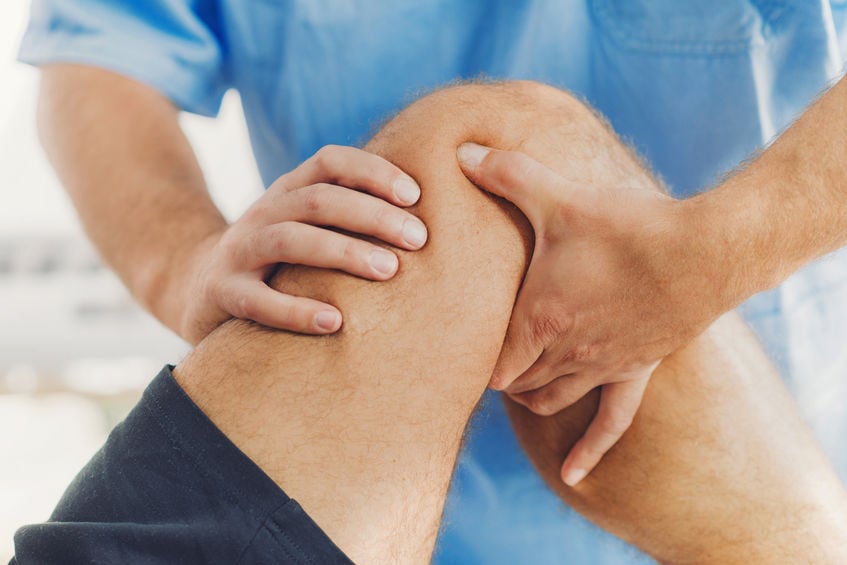More Than A Bum Leg
Leg soreness and pain after hours of walking or running are common. Athletes, in particular, know this soreness all too well. However, a shooting, numbing pain can be something entirely different. Numbing leg pains can are often ignored at first. Over time, the pain can become more troublesome. These pains are often a sign of an underlying condition that needs continuous treatment. Speaking with an orthopedic sports doctor can help uncover the root cause of the pain.
A nervous situation
Shooting, numbing leg pain is often always nerve-related. The legs have a series of nerves that travel down the limb, proving sensation. Sometimes, these nerves become compressed or irritated, causing pain. One common symptom is sciatica. The sciatic nerve runs from the lower spine to each leg. These nerves can become inflamed due to herniated discs or a narrowing spinal canal,. Shooting numbing leg pain can be accompanied by weakness and reduced mobility.
Physical conditions
Sometimes, a long-standing injury or physical condition can lead to these symptoms. For instance, joint damage in the hip or pelvis can lead to leg pain. Osteoarthritis, the wear and tear of cartilage, can affect the hip joint. Over time, this wear and tear can cause numbness in the leg. Other conditions include reduced blood flow or blocked arteries. This could be from an untreated injury or wear and tear from sports.
When should you see your sports doc?
Some cases of leg pain can go away naturally, not returning for several months. Others can be chronic, impacting sports and everyday tasks. At this point, an orthopedic sports doctor should help. Orthopedic doctors specialize in conditions of the joints, bones, and limbs. Some specialize further in sports injuries. This doctor can find the root cause with x-rays, MRIs, and other physical tests.
How can your doctor help?
After confirming the reason for shooting, numbing pain, the orthopedic doctor can get to work. In most cases, a combination of rest, pain medication, and physical therapy can help. Physical therapy is particularly useful in strengthening the leg to return to sports. Other treatments include steroid medication and surgery. Surgery will often involve the spine, clearing space for compressed nerves.
Sooner rather than later
Athletes often believe that aches and pains will disappear due to fitness levels. However, some need the help of an orthopedic sports doctor. This doctor can properly diagnose the reason for conditions like searing, numbing leg pain. Any of these symptoms, along with back pain, fever, weakness, and poor bowel function, should not be taken lightly.



